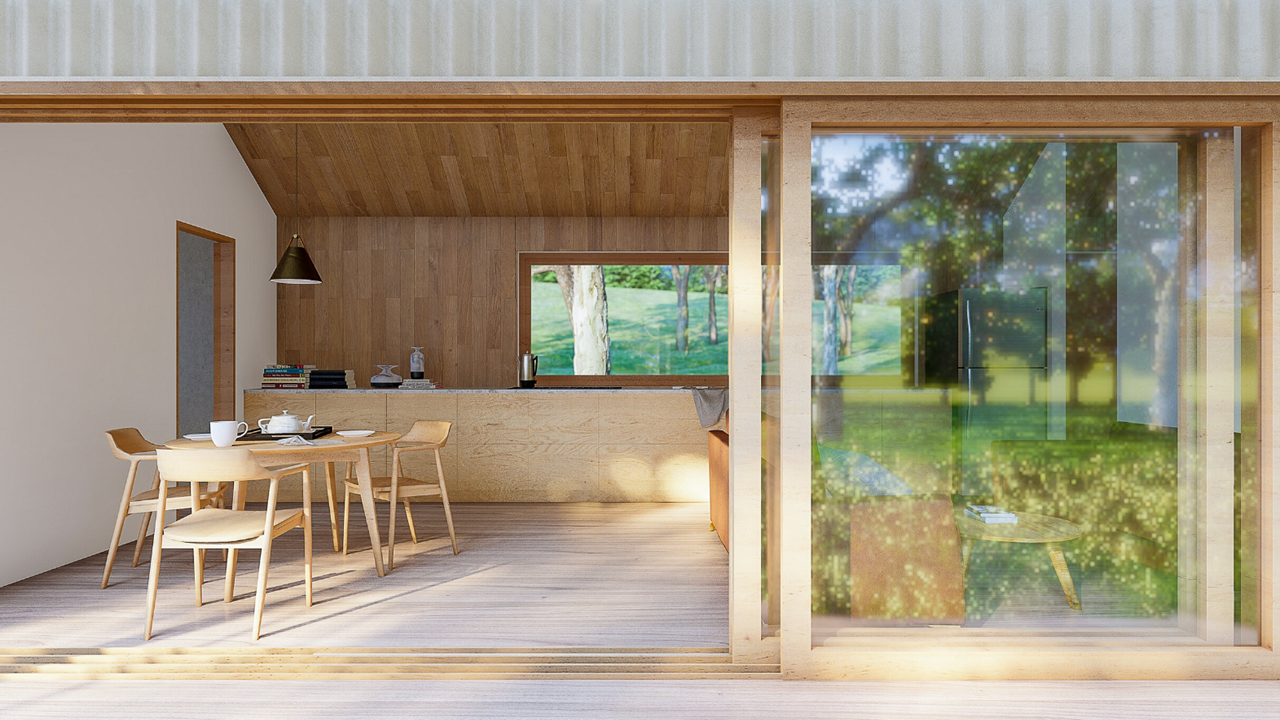In the fast-evolving world of interior design, professionals and homeowners alike are constantly seeking innovative approaches to overcome common challenges. Whether it’s maximizing a small space, incorporating sustainability, or integrating smart technology, the field of interior design is ripe with opportunities for creativity and problem-solving. This article explores cutting-edge strategies that are transforming interior spaces into functional, aesthetically pleasing environments.
1. Maximizing Small Spaces
One of the most prevalent challenges in interior design is dealing with limited space. Innovative solutions such as multi-functional furniture, hidden storage options, and strategic use of mirrors can significantly enhance the utility and appearance of small rooms. For instance, beds with built-in drawers, foldable desks, and expandable dining tables are excellent choices for compact living areas. Additionally, designers are increasingly using vertical space by installing floor-to-ceiling shelving units or wall-mounted cabinets to reduce clutter and open up the room.
2. Incorporating Sustainable Materials
Sustainability is no longer just a buzzword but a necessary approach in modern interior design. More clients are demanding eco-friendly options, prompting designers to select materials that are not only sustainable but also durable and stylish. Bamboo, reclaimed wood, and recycled glass are popular choices that contribute to a greener planet while offering a sleek, contemporary look. Additionally, the use of low-VOC (Volatile Organic Compounds) paints and energy-efficient lighting fixtures is becoming standard practice, promoting a healthier indoor environment.
3. Embracing Smart Home Technology
Smart home technology is revolutionizing interior design by integrating convenience and efficiency into home management. Smart thermostats, lighting systems, and security devices can be seamlessly incorporated into home designs, offering enhanced functionality without compromising on style. These technologies not only provide comfort and safety but also help in managing energy usage, thereby reducing utility bills and environmental impact.
4. Biophilic Design Elements
Biophilic design, which involves bringing elements of nature into indoor spaces, is gaining traction among designers seeking to create serene and health-boosting environments. Incorporating natural light, indoor plants, water features, and natural textures can significantly improve air quality and well-being. Large, open windows that offer views of nature also contribute to a room’s aesthetic and emotional appeal, making spaces feel more open and less confined.
5. Adaptive Reuse of Spaces
With an emphasis on sustainability and uniqueness, adaptive reuse—the process of repurposing old buildings for new functions—is a trend on the rise. This approach not only preserves historical elements but also gives a new lease on life to structures that might otherwise be demolished. Interior designers are key players in these projects, cleverly integrating modern conveniences while respecting the original architecture and purpose of the space.
6. Layered Lighting Design
Lighting plays a pivotal role in setting the mood and functionality of any space. Innovative interior design approaches often feature a layered lighting scheme that includes ambient, task, and accent lighting. This strategy allows for flexibility in adjusting the lighting based on time of day or the specific activity taking place, thus enhancing both the utility and ambiance of a room.
Conclusion
Innovative approaches to interior design challenges not only address practical concerns but also push the boundaries of creativity and style. As the industry continues to evolve, the fusion of technology, sustainability, and aesthetics will likely lead the way, making spaces not only more livable but also more environmentally conscious and technologically advanced. By adopting these innovative strategies, designers and homeowners can transform ordinary spaces into extraordinary homes.

